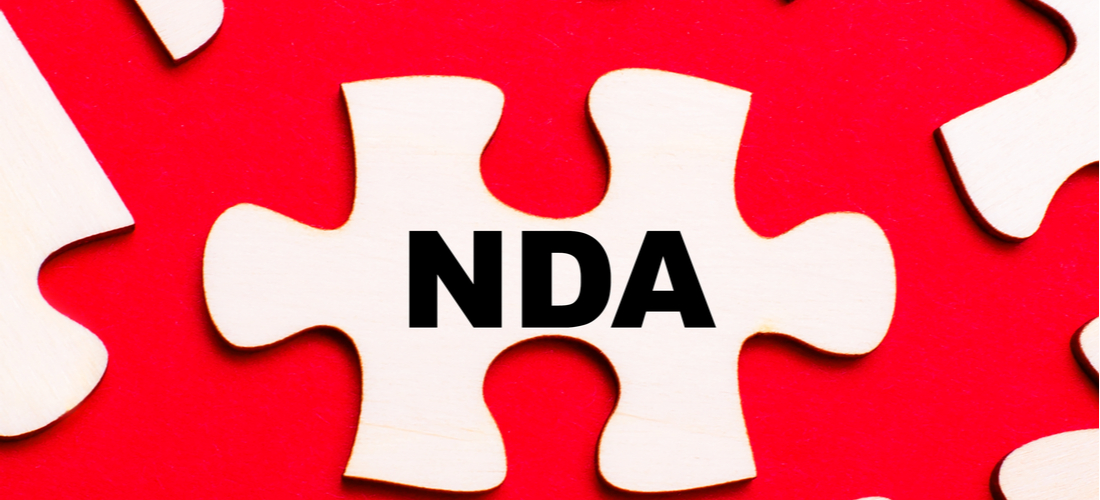Here are the major six non-disclosure agreement mistakes you to need to know about, which should be avoided at any cost.
Ideally, a confidentiality agreement is a non-disclosure agreement, a legal document that protects your business information confidentially.
It can be used in all situations where businesses share information with other companies, an employee, another party, or a contractor and want to ensure that information remains private. Agreements can either be one-way or two-way, and they should include all the essential information to protect your information to enforce the protection.
It covers the exact information covered in the agreement and excludes everything exempted. It should show how the second party can or cannot use that information. Precautions, including the business or person, must be implemented to protect the information.
Several businesses, unfortunately, fail to protect themselves by not having the MSA Agreement in place or writing the one which appears to protect them. It is either wrong or might contain some errors, which makes it non-enforceable.
When companies reuse old agreements by changing a few for the new project, mistakes are common. A lack of understanding of how changes in the contract would require changes can lead to expensive errors.
Furthermore, keeping sensitive business information secrets, including specialised procedures, client lists, and trade secrets, can tell the survival or demise of the business. Scores of companies have had to devise different ways to protect their proprietary information over the years from competitors and the general public.
One of the most commonly used tools is the nondisclosure agreement, also known as the confidential or secret trade agreement. It is a legally binding contract requiring parties to keep confidentiality for a definite time. It is up to the parties to decide what would be considered secret or confidential. Confidentiality can enhance design documents, sketch source code, and analyse marketing plans and manufacturing or technical processes.
Mistakes To Avoid In Non-Disclosure Agreements
Wrong Party Mention In The NDA:
It is common to assume that you have the current party name on the NDA, but it is important to check that you have the correct name. Some companies have different legal and trading names. A legal name is the one that the company uses when it registers the business or signs official legal documents and deals with the government.
The name is generally noted on the incorporation documents, like the formation articles. On the flip side, a trading name is a name that the entity uses for sales advertising in which it will conduct business with the public. It would help if you listed both the legal and training name beside the business address to ensure that you have put the correct party name on the NDA.
Too Broad A Scope:
There is nothing that the court enjoys more than just tracking down the agreement, which is unreasonably onerous. It would be best if you were pretty specific about what you want to consider confidential or nonconfidential information and don’t make the NDA quits restrictive, mainly while covering the receiving party’s behavior in the future once the business relationship is terminated. You can Completely Avoid NDA mistakes Online.
Already Known Information:
The primary purpose of the NDA is to keep the information confidential or secret. But if there is no fault or breach of the party receiving the personal information becomes public knowledge, and that information cannot be considered private or confidential.
For instance, if the data gets leaked by any employees in the public domain, you cannot form the NDA against the receiving party. For example, suppose you are dealing with ten suppliers, and 9 of the suppliers have requested you to sign the NDA but ignored the last supplier and leaked the confidential information to the public. In that case, all the previous NDAs are invalid with the name supplier.
Receiving Party Managed To Develop all the information:
At times you might collaborate with the receiving party, which is on the same page regarding your work. For instance, if you are a software company, you might choose to collaborate with another software organisation.
It’s possible that other software companies would have made some understandings all by themselves before your collaboration. In such a case, the confidential information that the software company developed on its own cannot be a part of the NDA, even if it is similar to yours, and it cannot claim any proprietary interest over the specific information piece.
Signed By An Unauthorized Person Or Insufficient Authority To Bind
One mistake that could potentially hold the reason to invalidate your NTA is to have it signed by someone who does not hold any authority or has insufficient authority to bind any of the receiving parties.
It could occur if any company executive did the signing with no authority to execute any contract. All the partners must agree on the contractual decisions if there is a partnership case, but the signature can be obtained only from one partner.
Bad jurisdiction
All the countries today treat NDAs differently and should always clarify the jurisdiction you want to apply to your agreement. Additionally, it might not invalidate your NDA necessarily, but one of the most critical factors you need to consider is the feasibility besides the ease of enforcing the given agreement.
You might find it too challenging to try and implement NDA in any foreign court under the foreign laws and Legal Process if you are working with another party around half the other side of the world.
Above all, the agreement is nothing if one signed copy is lost. Companies should always have a backup with the agreement, including physical and digital copies, to reduce the risk of that happening. It would be best if you avoid these mistakes while signing the NDA.
Conclusion:
If you are looking for experts to make a review the non-disclosure agreement for you, VakilSearch is the best option, offering premium services at affordable prices.
Also Read:

